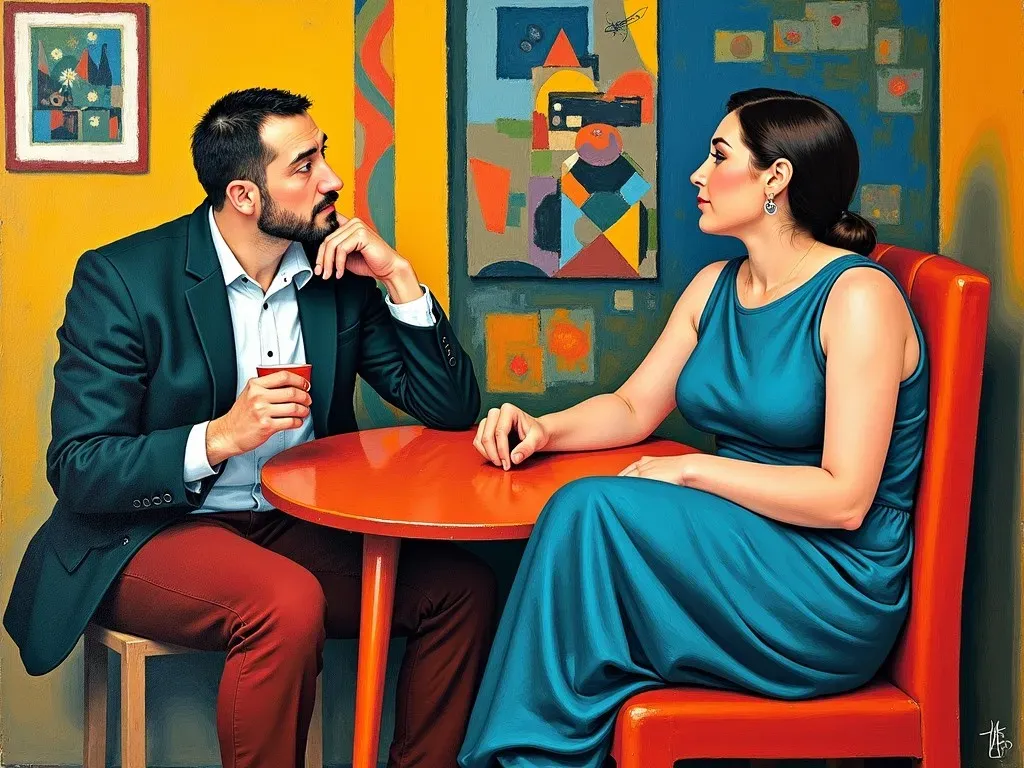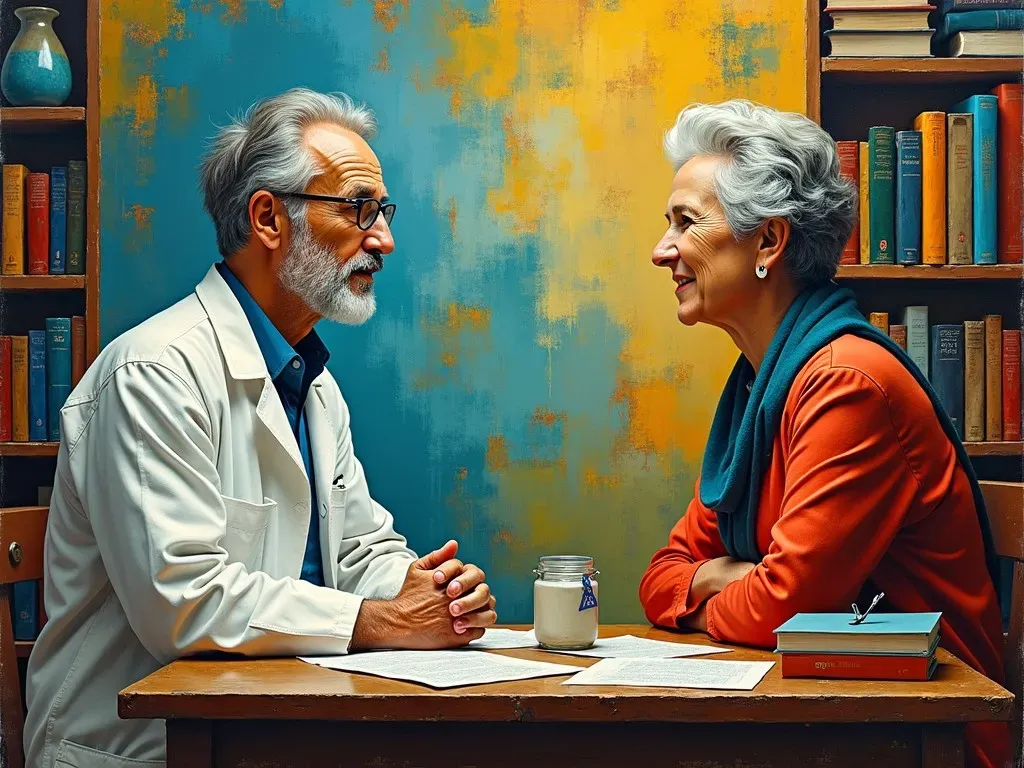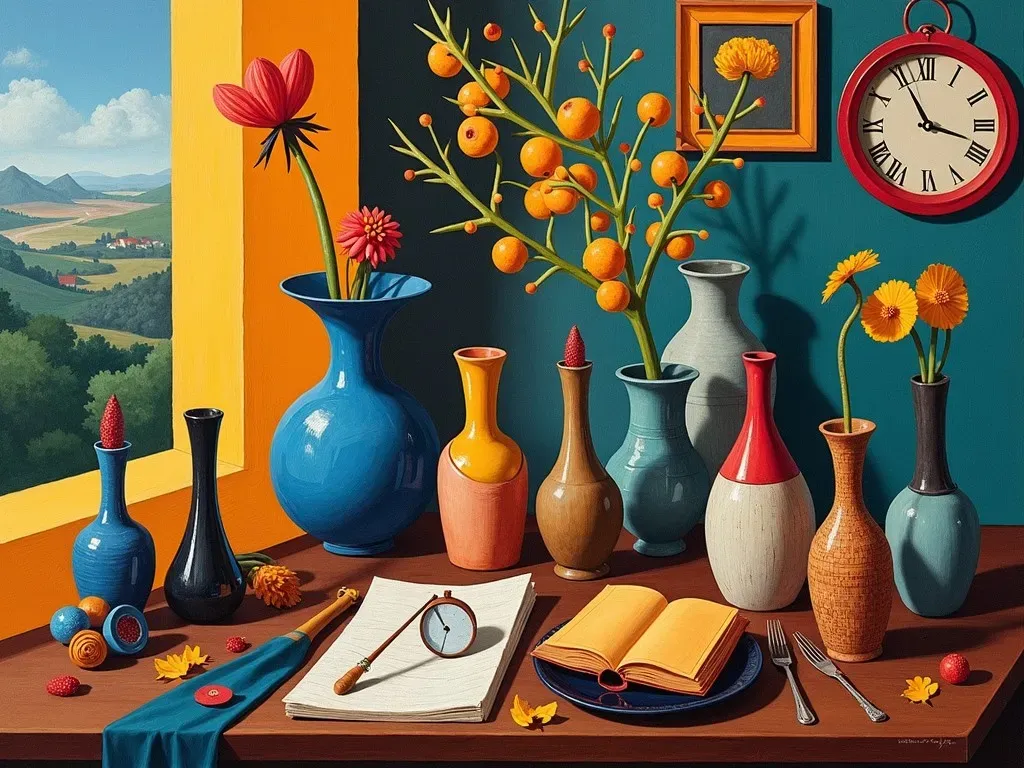Picasso Realistic Painting – Pablo Picasso is often celebrated for his groundbreaking work that led to the creation of Cubism and several avant-garde movements. However, one intriguing aspect of his artistic journey that often gets overshadowed is his earlier realistic works. From childhood creations to his paintings in the late 19th century, these early artworks showcase a young artist deeply skilled in classical Techniques, preparing to redefine modern art.
Picasso’s Early Realism: Before the Revolution
Renowned for his radical departures from conventional art forms, Picasso’s initial foray into painting was marked by traditional realism. Between the ages of 8 and 15, Picasso produced remarkable pieces infused with technique and precision. His early work, which includes vibrant portraits and emotional narratives, stands in stark contrast to the fragmented forms and abstract expressions characteristic of his later years.

For instance, "Man in a Beret," painted when Picasso was just 14, exemplifies his extraordinary capacity for lifelike representation. This period of his art can be categorized into a few notable styles:
| Style | Period | Key Characteristics |
|---|---|---|
| Realism | 1892 – 1897 | Detailed representations, emotional depth. |
| Blue Period | 1901 – 1904 | Monochromatic blues, themes of misery. |
| Rose Period | 1904 – 1906 | Warmer colors, focus on circus performers. |
Fact: Picasso’s Early Influence
Picasso’s development as an artist can be largely attributed to the influence of his father, José Ruiz Blasco, an art instructor. He began formal art studies at the age of seven and progressed rapidly, demonstrating an innate talent that sparked both admiration and competitive envy among peers.
-
Stats on Picasso’s Early Works:
- Created over 40 known early works by age 15.
- Mastered various techniques including oil painting and sculpture at a remarkably young age.
- His childhood works were often inspired by classical themes and subjects.
A Closer Look at Specific Works
Picasso’s early masterpieces are a treasure trove for art historians and enthusiasts alike. Here are a few significant pieces showcasing his realistic style:
-
La Célestine (1896):
- A portrayal of a character from Spanish literature, this painting highlights Picasso’s narrative inclination and technical skill.
-
Science and Charity (1897):
- This painting marked a significant transition in his ability to fuse emotional depth with realistic representation, a combination not commonly seen in his works thereafter.
-
Portrait of Aunt Pepa (1896):
- A vivid portrayal infused with life, demonstrating his mastery of form and color.

The Shift: From Realism to Modernism
By the turn of the century, Picasso began exploring new forms and colors, shaving away the constraints of realism. His journey into the Blue Period, marked by somber tones, signified a major evolution in his artistic expression. Yet, to fully appreciate his modernist works, one must recognize the foundation laid down by his realistic paintings.
Statistics on Art Movement Transition:
| Art Movement | Key Traits | Years Active |
|---|---|---|
| Classical | Naturalism, detailed figures | 15th Cent. – 19th Cent. |
| Realism | Depiction of everyday life | 1850 – 1900 |
| Blue Period | Use of cold colors, loneliness | 1901 – 1904 |
| Cubism | Fragmentation of subjects | 1907 – 1914 |
Frequently Asked Questions (FAQ)
What are some key features of Picasso’s realistic paintings?
Picasso’s realistic paintings feature detailed representations, vibrant colors, and emotional narratives reflecting the life and struggles of subjects.
When did Picasso transition from realism to more abstract styles?
Picasso began his transition around 1901 with the onset of his Blue Period, which significantly diverged from the realism established in his earlier works.
How are Picasso’s early works regarded today?
Today, Picasso’s early realistic works are celebrated for their technical mastery and serve as a crucial part of understanding the trajectory of modern art.
Where can I find more information about Picasso’s early life and artworks?
For comprehensive insights into Picasso’s life and early works, visit The Metropolitan Museum of Art.
The Legacy of Picasso’s Realism
Exploring Picasso’s realistic paintings offers a profound appreciation for his early talent and influences. Viewing these works allows us to glimpse the young artist who would go on to revolutionize the art world. Far from being merely a precursor to his famous avant-garde pieces, these early works encapsulate a significant narrative of artistic progression, personal reflection, and the historical context of the shifting art paradigms of the day.

In summary, while Pablo Picasso may be best remembered for his contributions to modern art and abstraction, a closer inspection of his realistic paintings provides a richer understanding of his genius. These works not only showcase his exceptional skills but also reflect the emotional complexities of the human experience he would seek to convey throughout his distinguished career.
